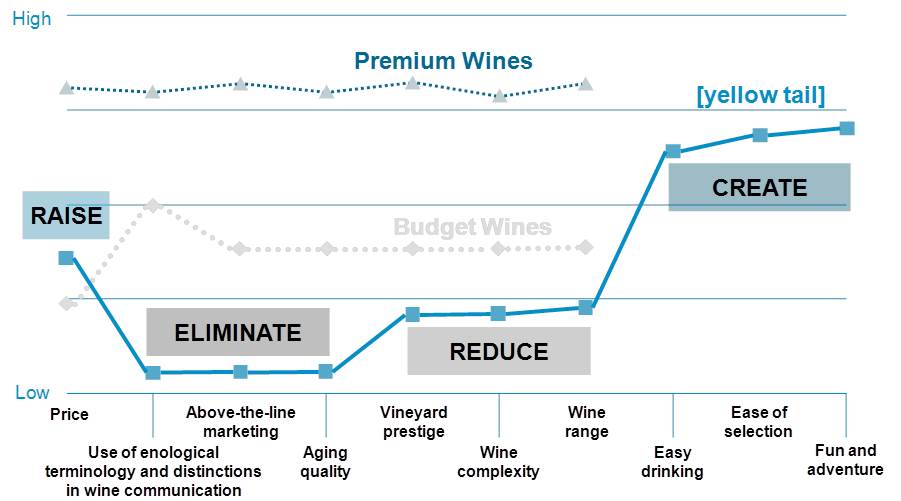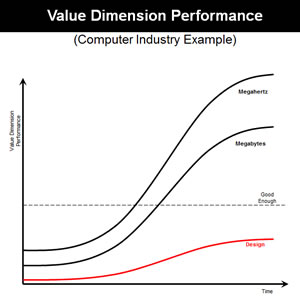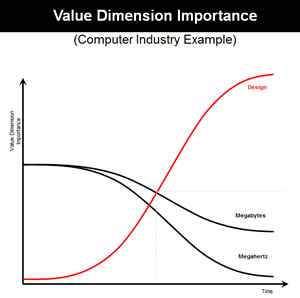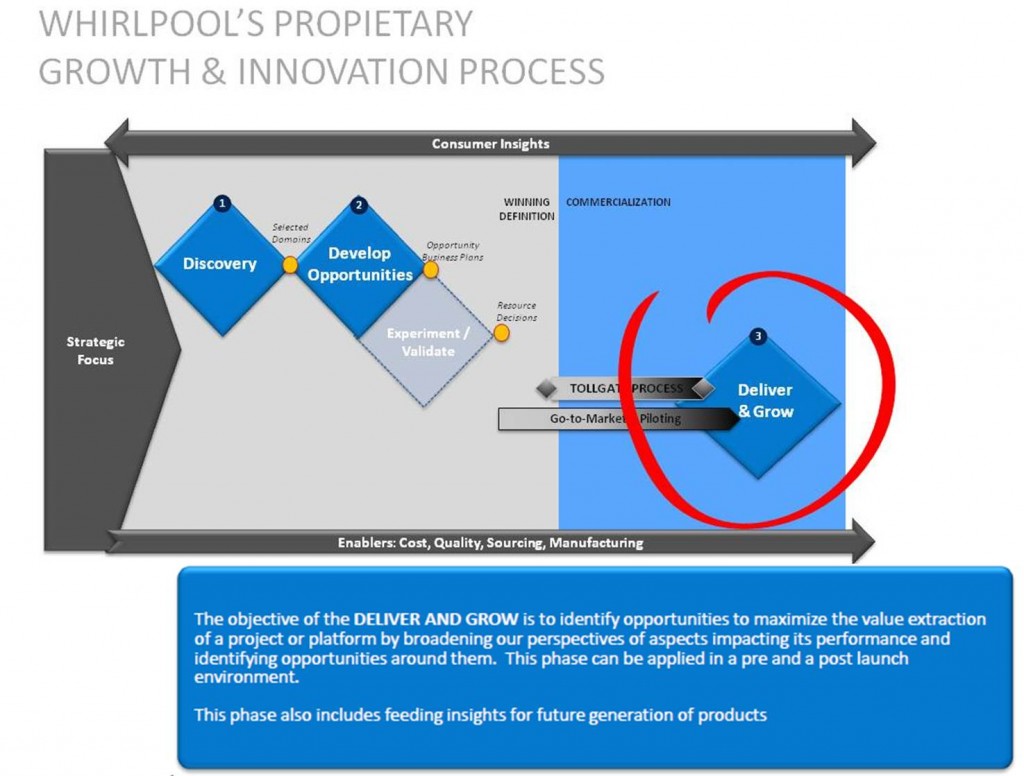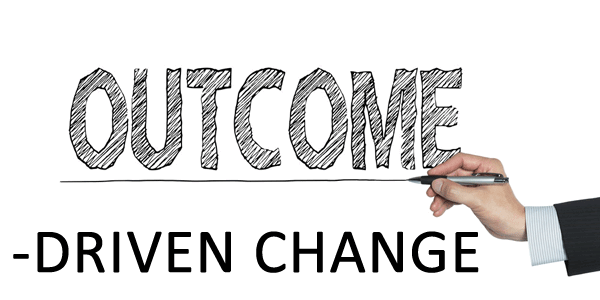
When it comes to business, many people would say it is outcomes that truly matter, especially investors on wall street. Investors don’t care what kind of software you’re running or what your stack looks like, or how you do what you do, as long as you deliver the financial outcomes they are looking for in order to earn a return on their investment.
Doctors also focus on outcomes and insurance companies are becoming obsessed with them, forcing doctors and customers into Accountable Care Organizations (ACOs). In healthcare, the outcomes obsession is called Outcomes-Based Management or Outcomes-Based Healthcare. In education, the outcomes obsession has led to an obsession with standardized testing and a practice called Outcomes-Based Education (OBE).
And in the innovation space, Tony Ulwick and Strategyn created Outcomes-Driven Innovation (ODI). In the innovation space this approach can be very beneficial as it helps companies move away from asking questions like “What can this technology do?” to questions that create better outcomes and more value, questions like “What is the customer trying to do?” or “What is the job to be done (JTBD)?”
Whether it is healthcare, education, business, or innovation, a focus on outcomes can be very helpful, but in these contexts we are looking at managing to a certain set of outcomes, or improving a certain set of outcomes, at a fixed point in time.
In the area of organizational change however, the focus often is not on outcomes, but on behaviors. Far too much of the literature and practice focuses on behavior change, which could also be described as “what people do.” And this focus on behaviors instead of aligning thoughts, feelings, behaviors and outcomes is part of why up to 70% of change efforts fail.
Too many people are jumping in head first and not approaching organizational change holistically, having the tough conversations around not only around how behaviors (doing) need to change but also how the how the outcomes need to change, along with how people’s thoughts and feelings need to change.
And when it comes to organizational change, we are not trying to achieve a certain set of outcomes or optimize a certain set of outcomes, but instead to ascertain what the relevant outcomes are in the current state and what we want them to become in the future state.
To help change leaders work though these incredibly necessary conversations and to help change managers achieve alignment within the organization around how all four components need to change (outcomes, thinking, feeling, doing) as part of a planned and coordinated effort, I have created the Outcome-Driven Change (ODC) Framework and worksheet to add to the Change Planning Toolkit™ v7 for existing subscribers and new subscribers alike.
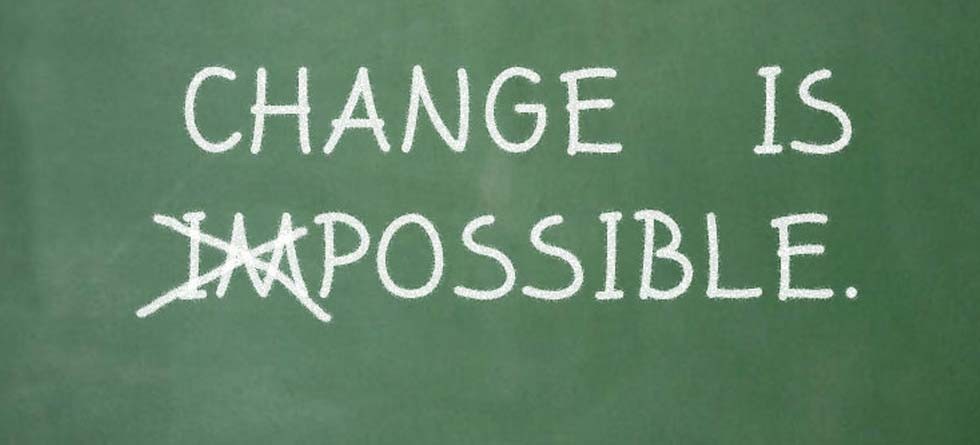
Thinking, feeling, doing…
People have been linking these terms together since at least 1895 when E.W. Scripture released an interesting book titled Thinking, Feeling, Doing on how scientists conduct research affecting these three parts of our humanity. Many people have added to the conversation since then speaking about how we are of three minds (Merriam-Webster dictionary definitions below), which are the:
1. Cognitive
Of, relating to, being, or involving conscious intellectual activity (such as thinking, reasoning, or remembering)
2. Affective
Relating to, arising from, or influencing feelings or emotions
3. Conative
An inclination (such as an instinct, a drive, a wish, or a craving) to act purposefully
Not coincidentally, these match up with the three domains of learning, defined as early as 1956 by educational psychologist Benjamin Bloom.
Others like to ascribe these three elements of humanity into Mind, Body, and Soul.
The key thing to remember from all of this discussion is that we are speaking about three very distinct things:
- Thinking
- Feeling
- Doing
IT IS possible, and happens with surprising frequency, that all three are not in agreement when you are dealing with human beings. Which the obvious truth of course is that in any change effort, or project for that matter, you are. People are fully capable of thinking one thing, feeling another, and end up doing something totally incongruent with either OR both whatever they are thinking and feeling. Confused yet?
Author F. Scott Fitzgerald once famously said:
“The test of a first-rate intelligence is the ability to hold two opposed ideas in the mind at the same time, and still retain the ability to function.”
This is one reason why change of any kind, organizational or personal, is so hard. Because, in order to be successful you must achieve alignment between all three elements of human reaction to the change in order to achieve the outcomes you seek.
Hopefully I’ve captured all of this in this single image of the Outcome-Driven Change Framework and this single quote from it:
“When what people do aligns with what they think and feel, then and only then, will you achieve the outcomes you’re looking for.”
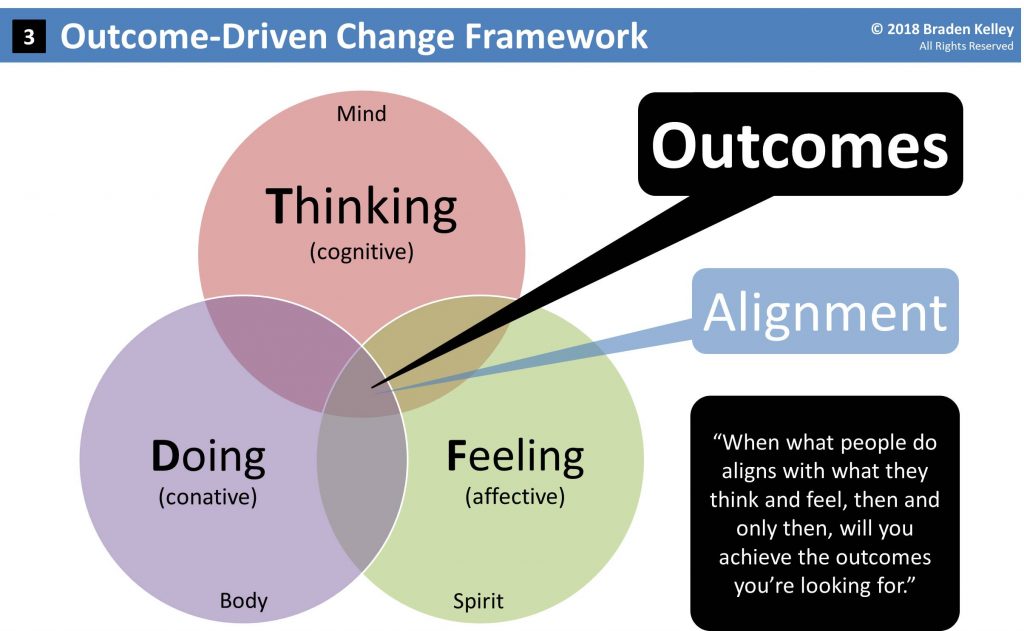
In the Change Planning Toolkit™ v7 paying subscribers will find 11″x17″versions of this framework and the Outcome-Driven Change™ Worksheet to help your change planning team guide the conversations with change leaders that will help you surface the outcomes you’re currently achieving and what people in the organization are thinking, feeling, and doing to create the current outcomes and what members of the organization will need to think, feel, and do in order to achieve the new set of outcomes that you determine are necessary for the change to be successful.
People purchasing a commercial license and organizations or governments purchasing a site license or city/state/country license will get access to a poster size version (35″x56″) of the Outcome-Driven Change Worksheet.
This is just a taste of the kinds of frameworks, worksheets, and other tools you will find in the Change Planning Toolkit™ that I introduced in my latest book Charting Change along with a lot of great case studies and other next practices shared by some of the leading minds in the areas of organizational change and innovation.
So what are you waiting for?
- Get started using the Outcome-Driven Change Framework to spark dialogue among your change planning and leadership teams
- Download the 10 free tools from the Change Planning Toolkit™
- Grab your copy of Charting Change and get access to even more tools for free from the Change Planning Toolkit™ (including the Change Planning Canvas™)
- And then when you’re ready, get a license to all the rest of the 50+ frameworks, worksheets and other tools, and beat the 70% change failure rate!
Still have questions about how the Change Planning Toolkit™ can help your organization get better at change?
Then please contact me!
Or check out the Introduction to the Change Planning Toolkit™ webinar below:

![]() Sign up here to get Human-Centered Change & Innovation Weekly delivered to your inbox every week.
Sign up here to get Human-Centered Change & Innovation Weekly delivered to your inbox every week.
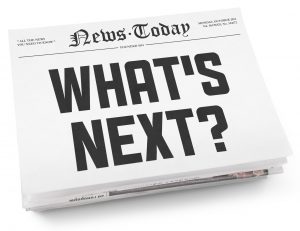
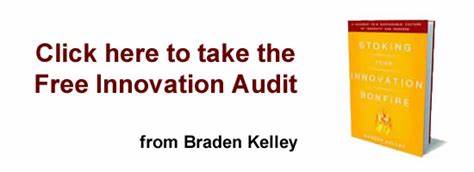
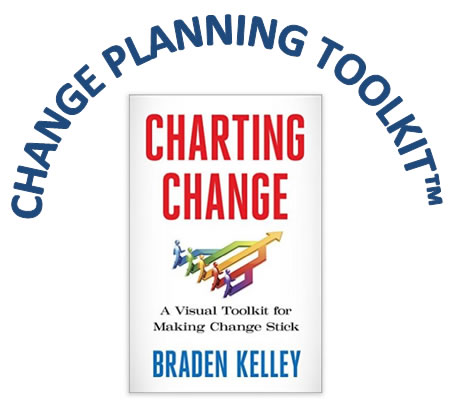



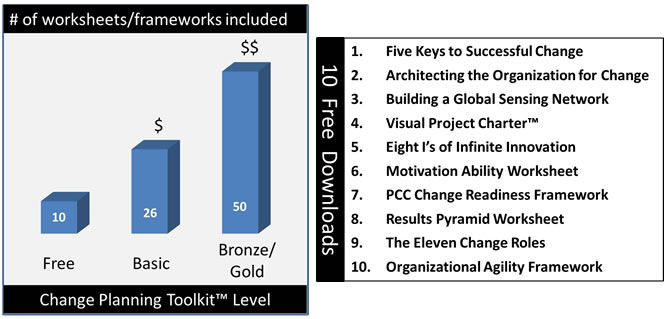
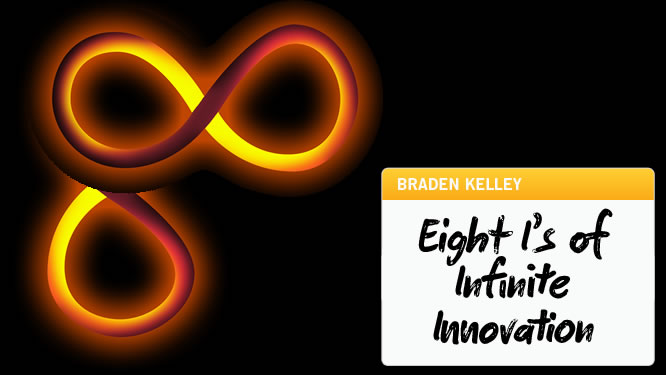
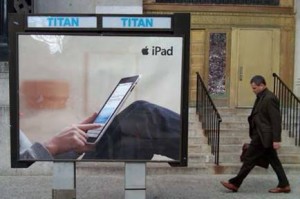 This set off a firestorm of criticism and put the launch at risk of failure. But amazingly Apple managed to come up with the Out of Home (OOH) advertisements with a person with their feet up on a couch and the iPad on their lap (see above) by the time the product shipping. If a picture is worth a thousand words, this particular picture will probably end up being worth billions of dollars to Apple.
This set off a firestorm of criticism and put the launch at risk of failure. But amazingly Apple managed to come up with the Out of Home (OOH) advertisements with a person with their feet up on a couch and the iPad on their lap (see above) by the time the product shipping. If a picture is worth a thousand words, this particular picture will probably end up being worth billions of dollars to Apple.


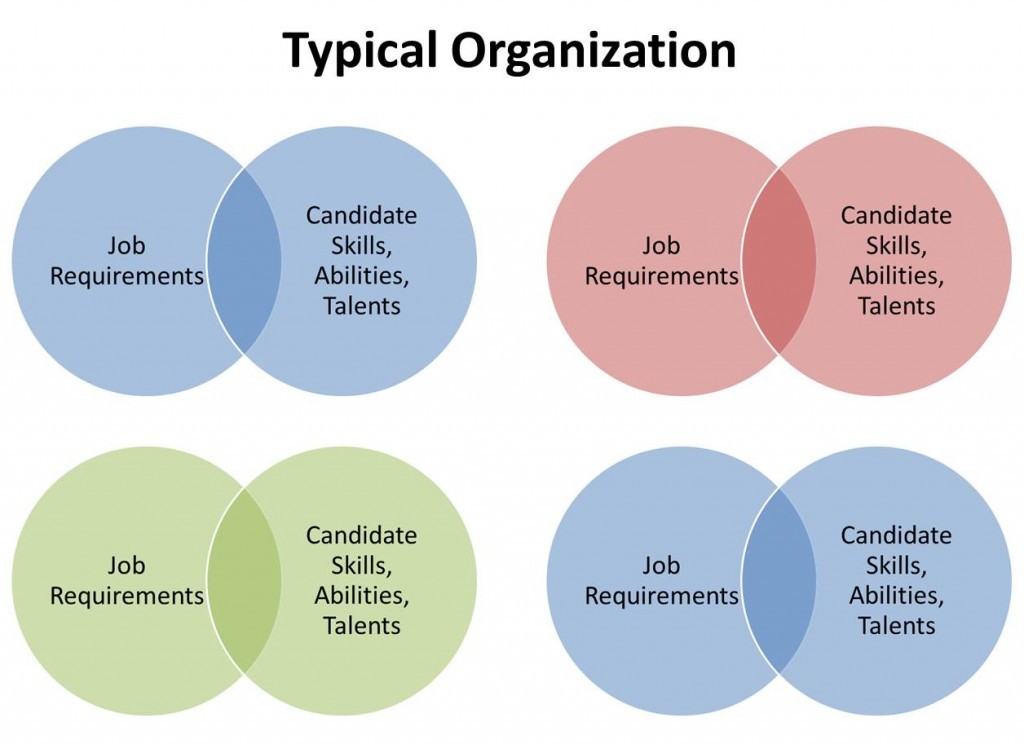
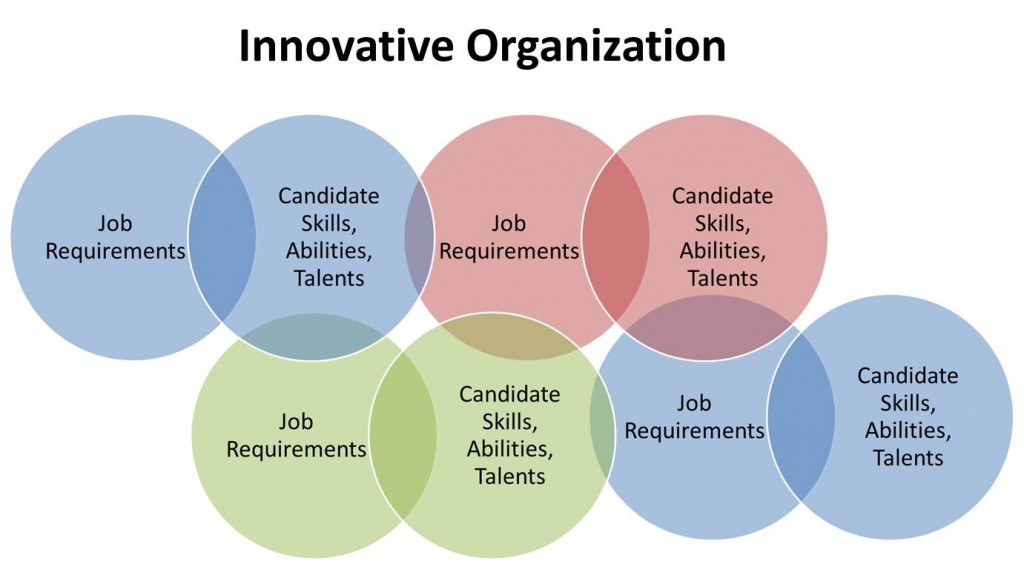

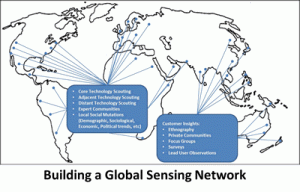
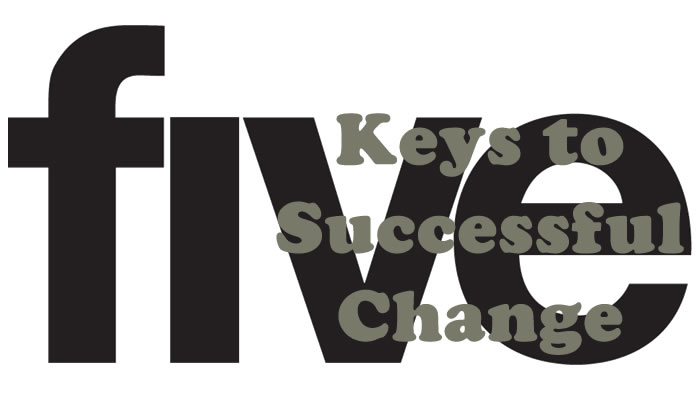

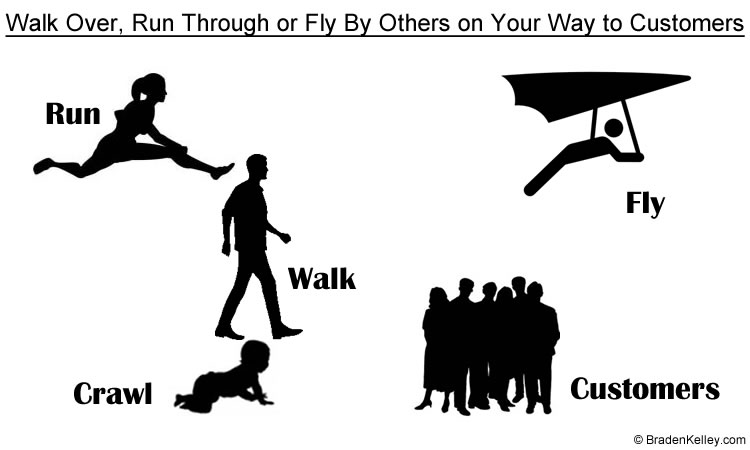
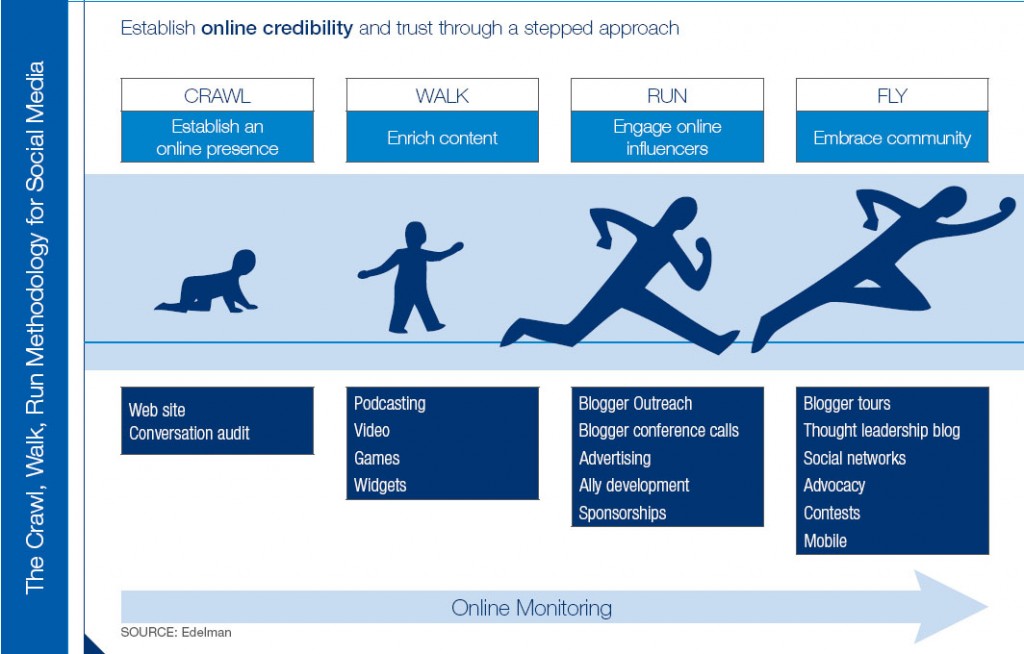
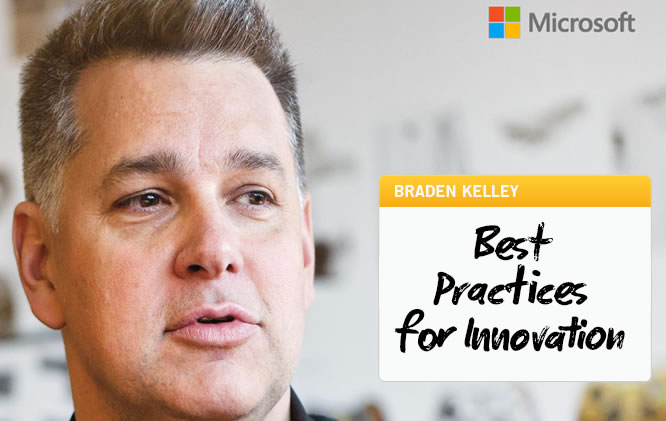

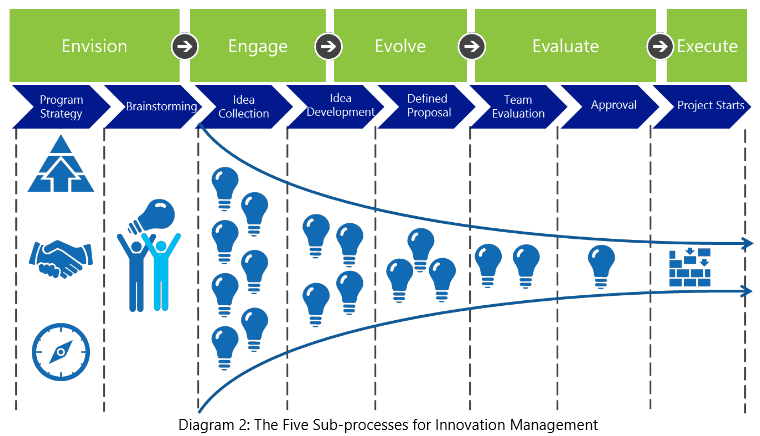
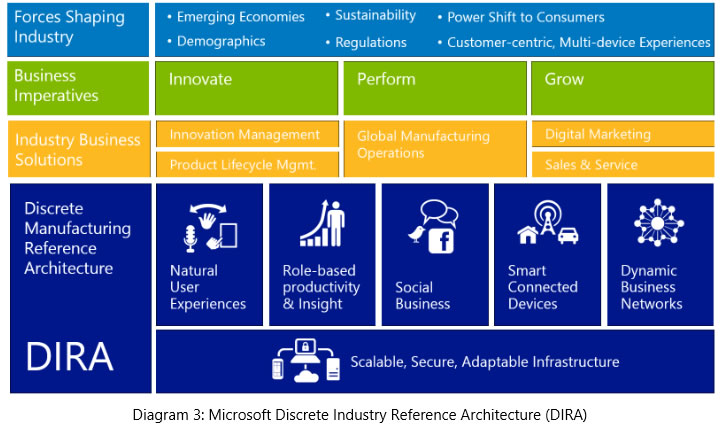

 What does resonance mean to you?
What does resonance mean to you? Achieving innovation resonance is about going from 1+1=2 to a state where 1+1+1+1=7, where the sum of the valuable parts in some new potential innovation suddenly becomes greater than the individual components and value may be created that you might not have even anticipated. When you reach this state of innovation nirvana, the power of resonance pushes your invention over the line from invention to innovation, and adoption becomes widespread. People start talking about, spreading it like a virus, and ultimately supplementing your marketing efforts in much more effective ways.
Achieving innovation resonance is about going from 1+1=2 to a state where 1+1+1+1=7, where the sum of the valuable parts in some new potential innovation suddenly becomes greater than the individual components and value may be created that you might not have even anticipated. When you reach this state of innovation nirvana, the power of resonance pushes your invention over the line from invention to innovation, and adoption becomes widespread. People start talking about, spreading it like a virus, and ultimately supplementing your marketing efforts in much more effective ways.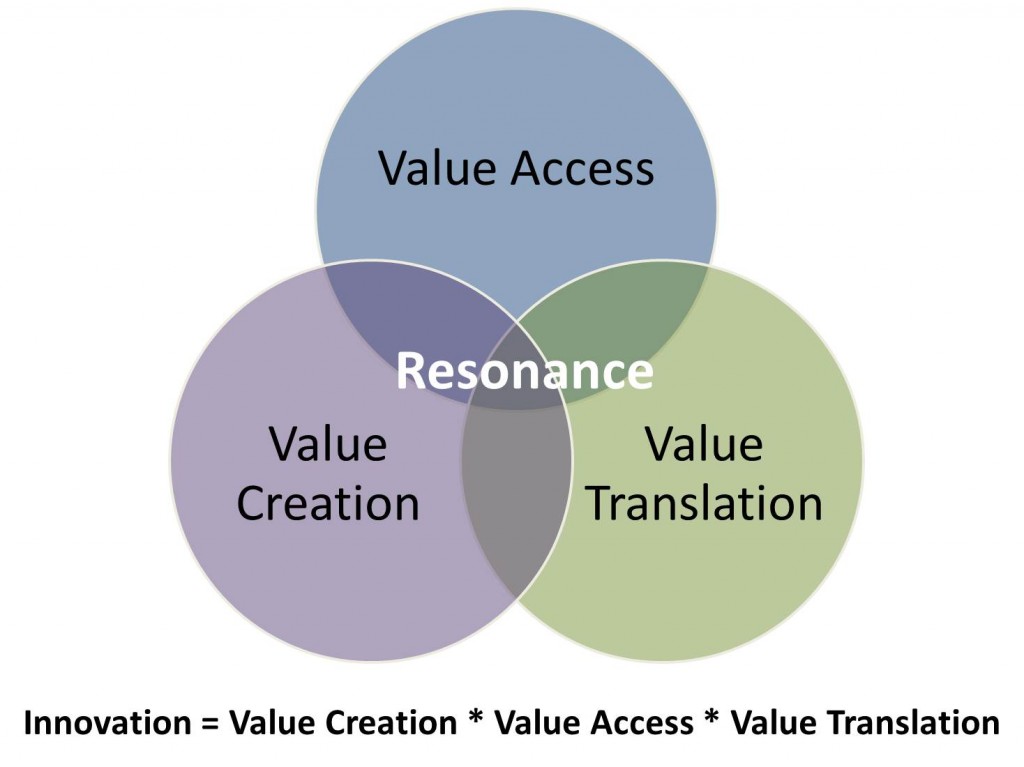
 One of those most fun, visually appealing vehicles on the road has to be BMW’s re-release of the Mini. I don’t have one, have only ridden in one once, but whenever I see one driving around, it makes me smile. And if you have any question about whether or not the Mini has achieved a level of resonance (at least in the USA and probably elsewhere), then how would you explain the photo of the Mini on the left that shows you can buy a Mini to drive Ken and Barbie around in? Can you buy a convertible Chrysler LeBaron for Barbie to drive around in? No, but you can buy a Fiat 500, another car achieving resonance here in the USA.
One of those most fun, visually appealing vehicles on the road has to be BMW’s re-release of the Mini. I don’t have one, have only ridden in one once, but whenever I see one driving around, it makes me smile. And if you have any question about whether or not the Mini has achieved a level of resonance (at least in the USA and probably elsewhere), then how would you explain the photo of the Mini on the left that shows you can buy a Mini to drive Ken and Barbie around in? Can you buy a convertible Chrysler LeBaron for Barbie to drive around in? No, but you can buy a Fiat 500, another car achieving resonance here in the USA. The iPod Nano is a great example of the rise and fall of innovation resonance. The iPod took three years to take off (right about the time the iPod Nano was released). The trigger for innovation resonance was the Windows version of iTunes (Value Creation), combined with the launch of Apple Retail Stores (Value Access), combined with the iconic advertising campaigns (Value Translation). The iPod became a phenomenon with sales peaking in 2008 right after the iPhone release. Sales have been falling since then, but during this decline came the September 2010 release of the 6th Generation iPod Nano – which resonates to this day – so much so that Apple replaced the design six months ago to protect the market for their upcoming iWatch.
The iPod Nano is a great example of the rise and fall of innovation resonance. The iPod took three years to take off (right about the time the iPod Nano was released). The trigger for innovation resonance was the Windows version of iTunes (Value Creation), combined with the launch of Apple Retail Stores (Value Access), combined with the iconic advertising campaigns (Value Translation). The iPod became a phenomenon with sales peaking in 2008 right after the iPhone release. Sales have been falling since then, but during this decline came the September 2010 release of the 6th Generation iPod Nano – which resonates to this day – so much so that Apple replaced the design six months ago to protect the market for their upcoming iWatch.